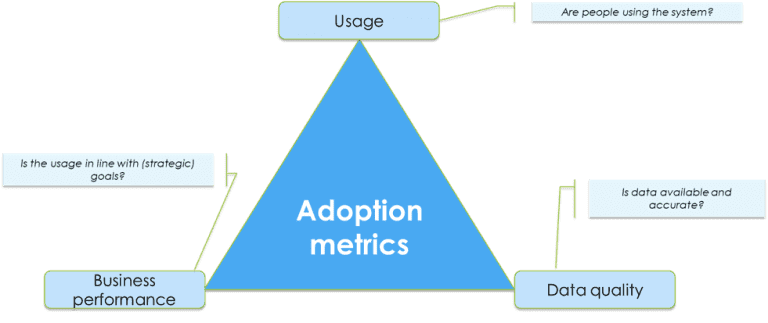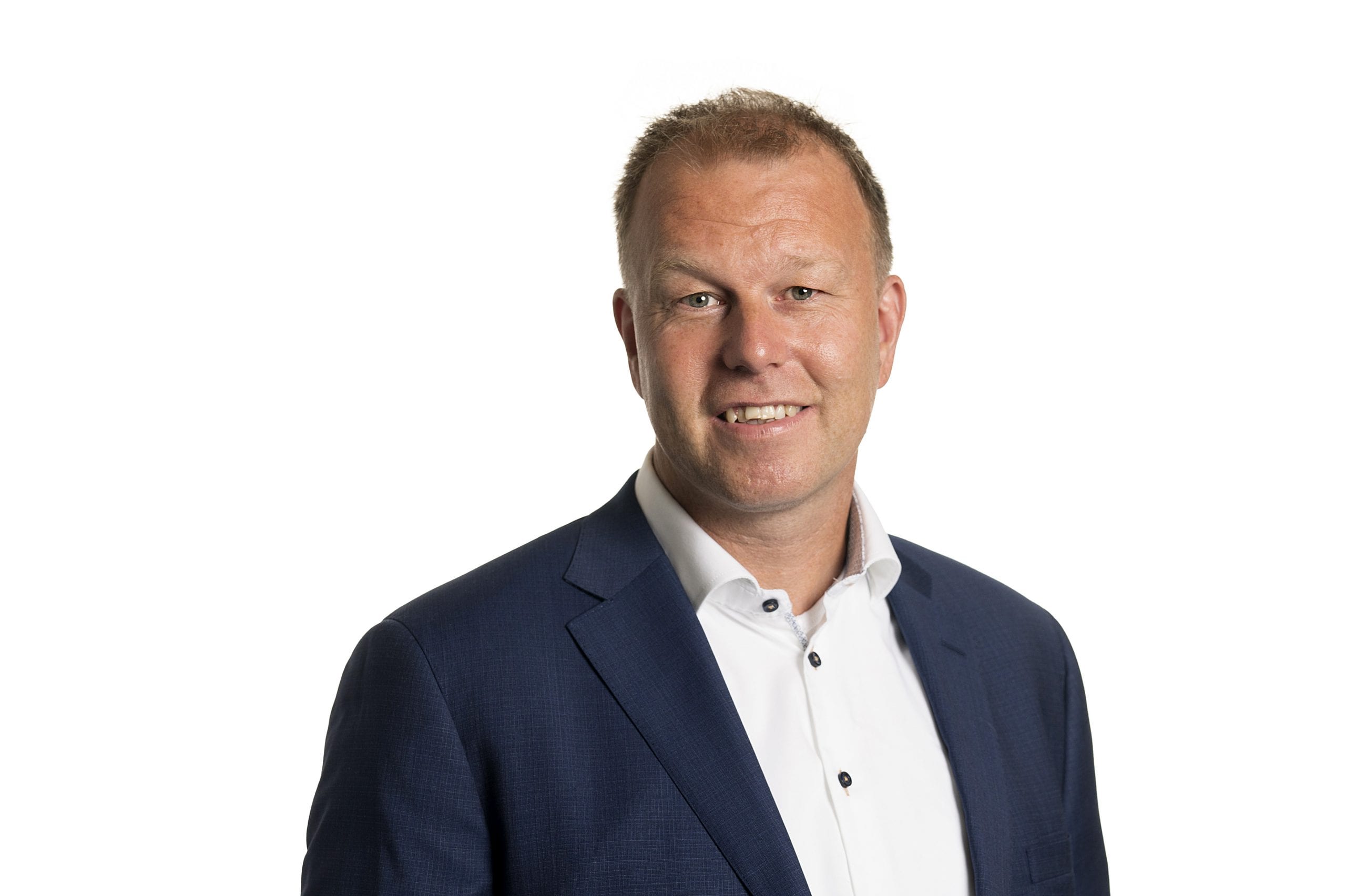When systems are implemented and the solution is live, you are in the so-called ‘Run phase’ with business as usual. Yet still the organisation is adapting to the new situation, you should ask yourself some questions.
- Are we successfully using the implemented systems?
- Are we able to follow up on new business demands?
- What should be our next steps?
These are relevant questions in this phase, because businesses want to harvest and show a good ROI. Also, they are continuously looking towards the future.
Let’s have a look on a way to cope with these challenges.
At Acorel we use the Activate Approach, containing the following steps:
In the Discover phase, needs are captured and defined, forming the basis for the solution. In an earlier blog we already detailed out this Discover step.
The Prepare, Explore, Realize and Deploy phases are based on proven project management methods, such as Agile/Scrum and Prince2.
Now, let’s focus on the last step of the Acorel Approach, the Run phase.
Run phase
The Run phase is an after go-live phase where the focus is on the usage and support. The solution should generate the benefits that were defined at the beginning of the project.
Surely, there is focus on the technical side: Is everything working as expected?
New small improvements are discussed, defined and implemented together with the end-user. This process is supported professionally by the Managed Services team at Acorel.
Next to the fulfillment of ongoing small changes, there is also a need for continuous improvement and adaptation to changed processes and new insights from the business. As business evolves, required changes should be made clear. Frequent sessions should reveal these new needs and with help of existing knowledge of the solution, we can adapt the solution and support businesses even more via digital technology.
A ‘health’ scan, is a good way of checking these needs, typically executed a certain period after implementation: Generally, 1 year after golive is found to be a good moment. This health check comes down to a check on the usage of the system, the data quality and the business performance. Only if these elements are covered properly, true adoption is created, and a successful result can be generated with the change that was executed in the earlier phases. These 3 fundamental elements of adoption, can be visualized as follows:
Example
Let’s take a closer look at an example:
A company would like to capture the data gathered by sales employees while visiting customers. This company would like to capture the information in a system, which is used across the organization in order to create better customer insight throughout the company. The implementation of the system at hand has been realized successfully. All customer visit details can be captured via a visit report.
The first question is if the success can be measured properly (business performance). Is a value case with KPI’s defined? If endusers are not using the system for this (usage), because for instance they cannot identify the right customer (data quality), then the strategic goal cannot be achieved.
During such a health scan we also check on the strategic goals of the company at hand. Has something changed? Has the focus, as discussed during the project, changed? Are there new KPI’s? We capture these kinds of gaps and deviations, and if needed re-align the solution.
Based on our findings we might come to the insight that it can be time for a next step on the journey towards digital maturity. This is where we start a new discover phase. Hence, this loop is where Run meets Discover.
Makes sense, doesn’t it? Transformation is, after all, an iterative process of evolving towards the future.
Are you already making this loop?
If you want to know more about this matter, you can contact me via mischa.tissen@acorel.nl






